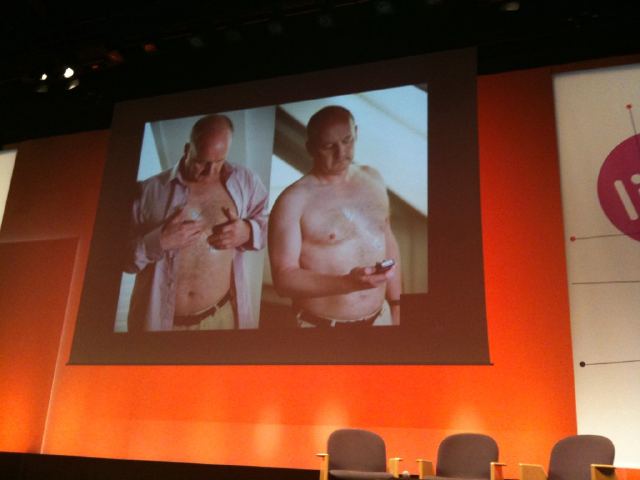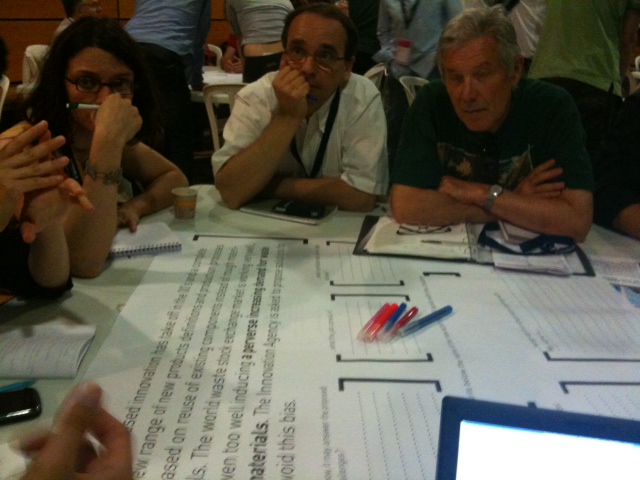Philine Warnke works at the Fraunhofer Institute for Systems and Innovation Research (ISI). Her talk is titled: The futures of innovation and innovation policies and she is at Lift France 11 because of the Innovation Futures (INFU) program. From the introduction:
Innovation is changing in many ways. New meanings, new actors, new models, new motivations and new targets are emerging. In the academic discourse attempts to conceptualize these changes abound. Notions like open innovation, distributed innovation, user innovation, social innovation, relational innovation, frugal innovation, design driven innovation, local innovation are hotly debated in management and academic circles alike. While innovation is adopted as a core element in more and more policy realms, “Innovation Policy” is increasingly aiming at addressing societal needs instead of funding key technologies with a view on competitiveness alone. In my talk I will reflect upon possible “innovation policy futures” in the light of these developments. In particular I will discuss the need for establishing enabling platforms for “collective experimentation”.
Warnke assumes we as an audience know about the new models for innovation (i.e. open innovation, disruptive innovation, etc.), instead she will focus on the implications this will have for innovation policy. Foresight is all about having structured futures dialogs through we can discover the potential of the present. Thinking about the future can make you see the present in a different light.
The project has taken a couple of different steps. See this PDF for some more information about those. First you look for signals, then you structure them through clustering and amplifying by thinking about transfer, generalization and radicalization. INFU has created about twenty innovation visions explained on this video:
[vimeo http://vimeo.com/21441608]
They then created some “nodes of change” and created mini-panels to discuss these nodes (something similar to the workshop we did yesterday). Several of the mini-panels pointed to completely different economic frameworks in which innovation will be embedded.
This means there are some implications for innovation policy. We will go beyond the usual innovation suspects, the focus on high- and key-tech, disciplinary excellence, the need for global breakthrough and growth and competitiveness, and we will go towards “Innovation Campsite” and an infrastructure for distributed experimental collaborative innovation. So this will not only change our priorities, but will also require new instruments.
Warnke is recently seeing a shift towards mission oriented schemes (grand challenges, moon shots, etc.), away from key technologies. There is also a shift to social innovation and systemic eco-innovation and there is a slow alignment with other policy realms. But at the same time there is still this focus on competitiveness and growth dominant drivers and global breakthroughs.
Her idea for a way forward is what she calls “Collective Experimentation”, a non-linear co-evolution of technology and society. The rationale for this is that modulation of messy innovation trajectories are only possible by experimenting local, context-specific solutions around the nexus of variation and selection. This will have a lot of challenges:
- You need to be open for different outcomes without upfront objectives. This is hard in the current funding models.
- You have to be open for new actors, can’t have a fixed consortium from the start.
- You have to be open for local diversity, nothing will be best for all settings.
- We need to start taking socio-technical approaches. Usually only technology gets the funding.
- There needs to be a tolerance for messy innovation journeys.
- Quality of life will need to become an orientation.
- We need to integrate a debate about values for which there is usually no space.
- Combining freedom and structure will be very difficult.



